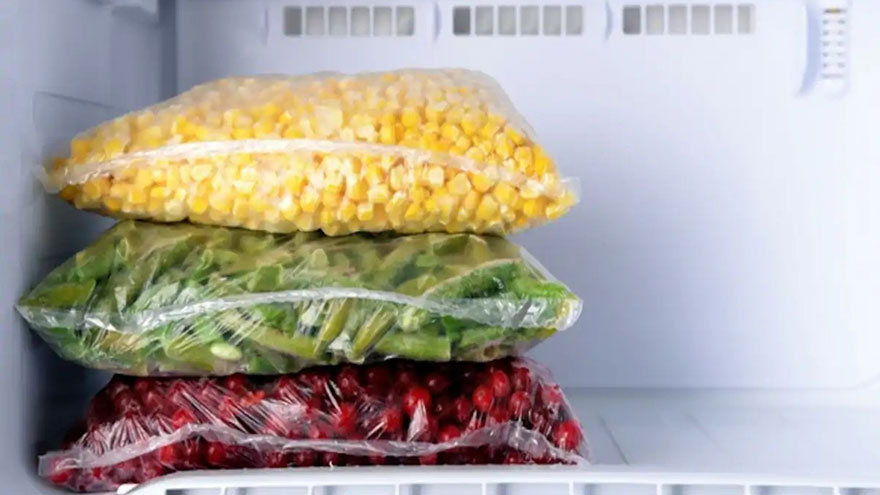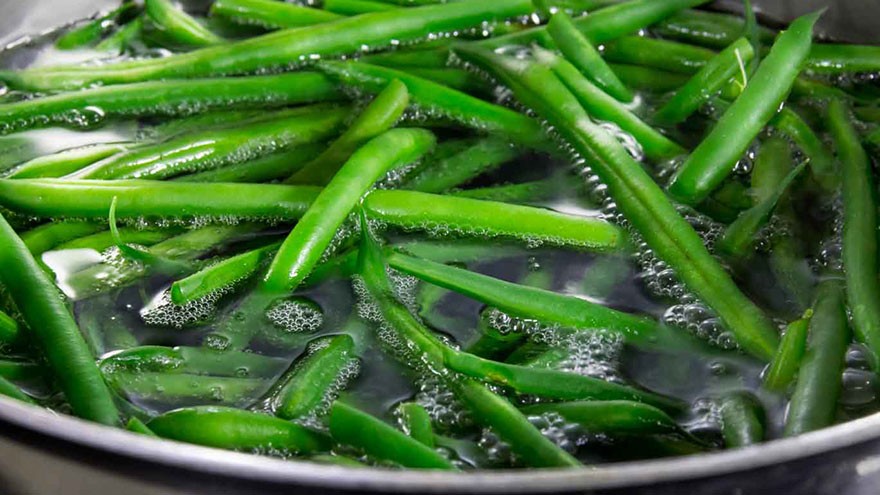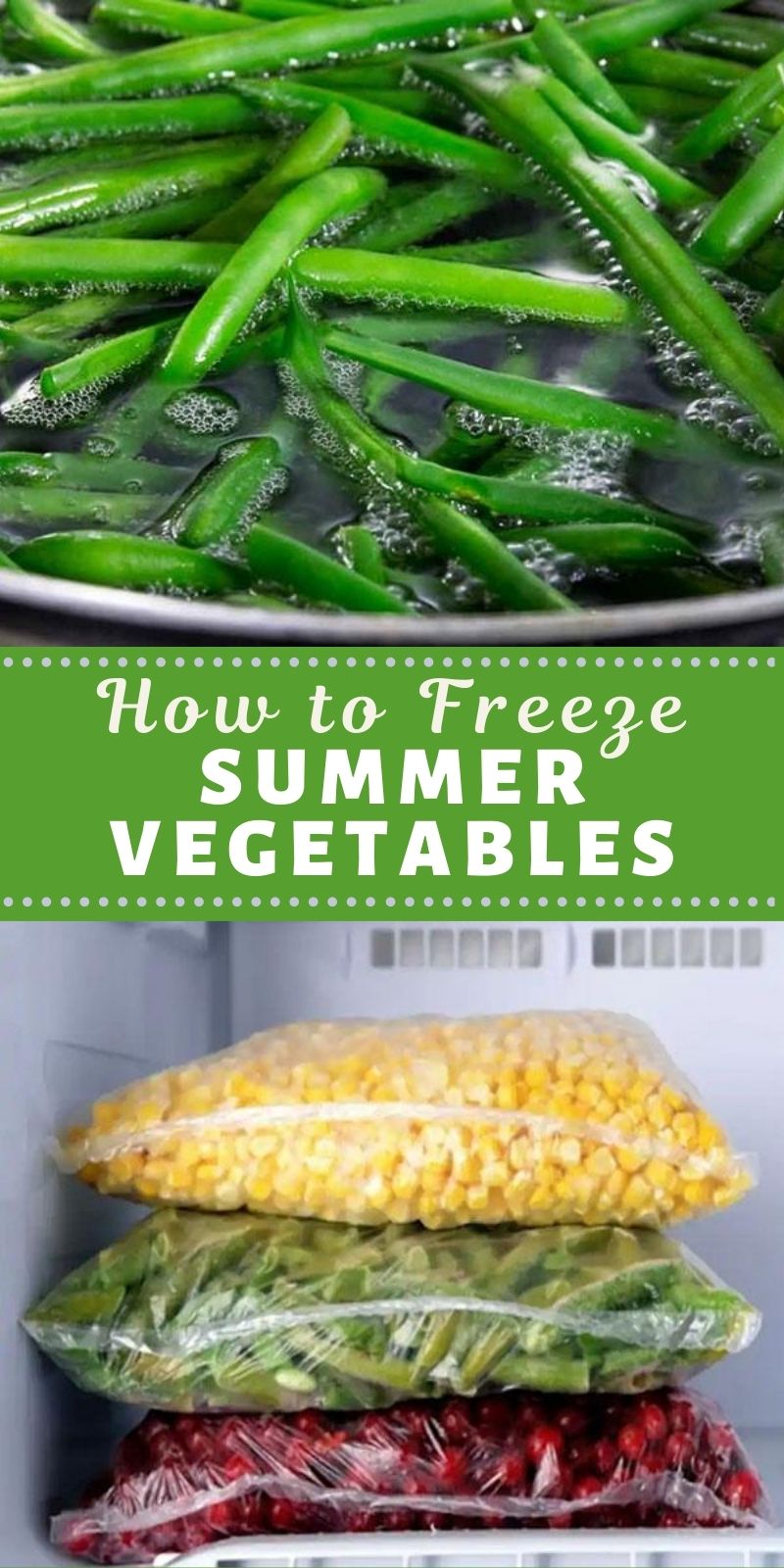How to Freeze Summer Vegetables
Most vegetables come into season in the summer. Often you can find summer produce on sale for a song – and at their peak of freshness and nutrition, too.
Fortunately, it’s very easy to freeze vegetables.
The Easiest Vegetables to Freeze
Many vegetables can be prepared for cooking (by chopping or mincing) and then frozen without any additional work. Good examples include onions, sweet peppers, herbs, corn (shucked), shredded zucchini, and tomatoes for cooking.
Whole ears of corn should be wrapped in plastic wrap, then placed in freezer bags. If you want to freeze whole tomatoes for cooking, place them in a single layer on a rimmed baking sheet and place in the freezer; when they are hard, transfer them to freezer bags.

Peas can be frozen by placing them in freezer bags; fill with enough water to barely cover the peas, being sure to leave ½ inch headspace. Seal the freezer bags, removing as much air as possible. To use, thaw on the counter or refrigerator.
Don’t microwave, since this will cook them.
Blanching Vegetables for Freezing
Other vegetables require blanching in order to preserve their color, texture, and nutrients.
To blanch, fill a large pot with a gallon of water and bring to a rapid boil. Add a gallon of prepared vegetable. This is best done by putting the vegetable in a metal basket (such as a steamer insert), then putting the whole in the pot.
Cover and cook for the appropriate amount of time for the vegetable.

As soon as the blanching time is up, remove the vegetable and immerse in ice water. Once completely cool, drain and allow to dry. Pack into freezer bags and freeze.
If you don’t want the vegetables to stick to each other, first place them in a single layer on a rimmed baking sheet and place in the freezer. Once they are hard, transfer to a freezer bag.

Check out the video version of this article on YouTube

